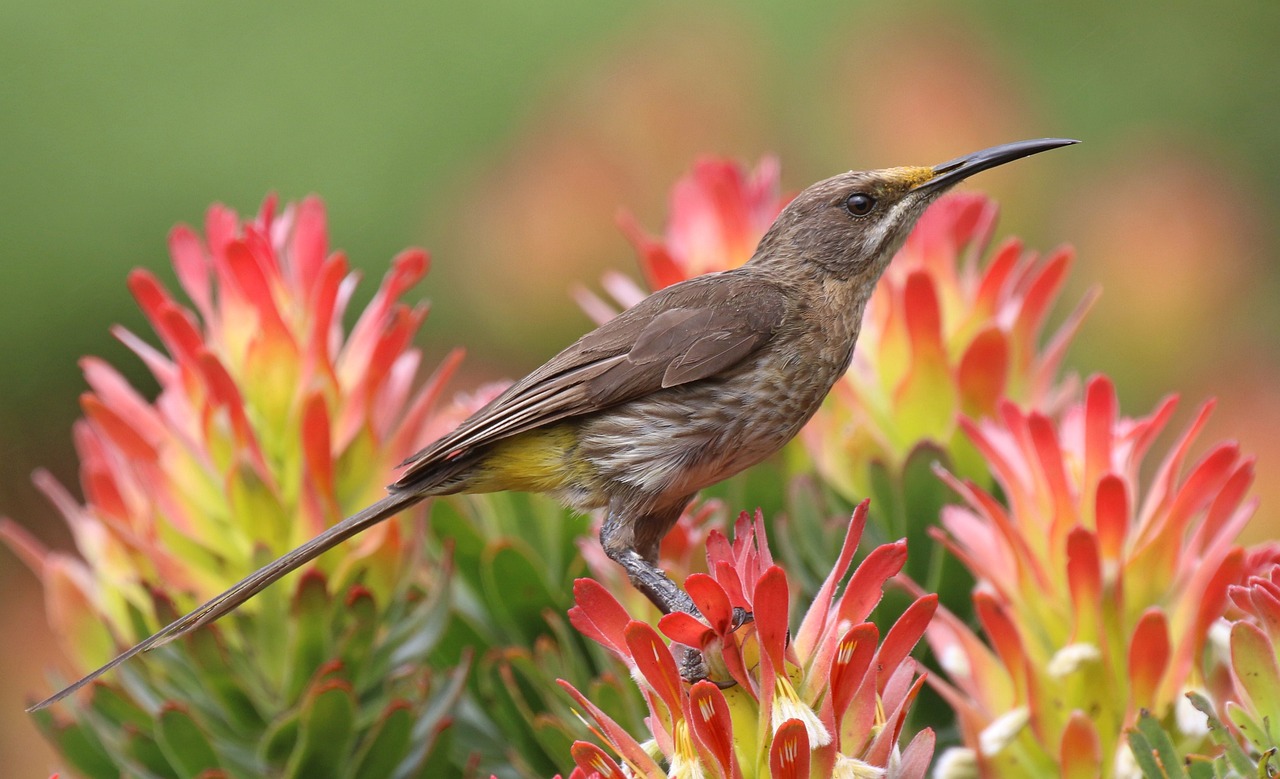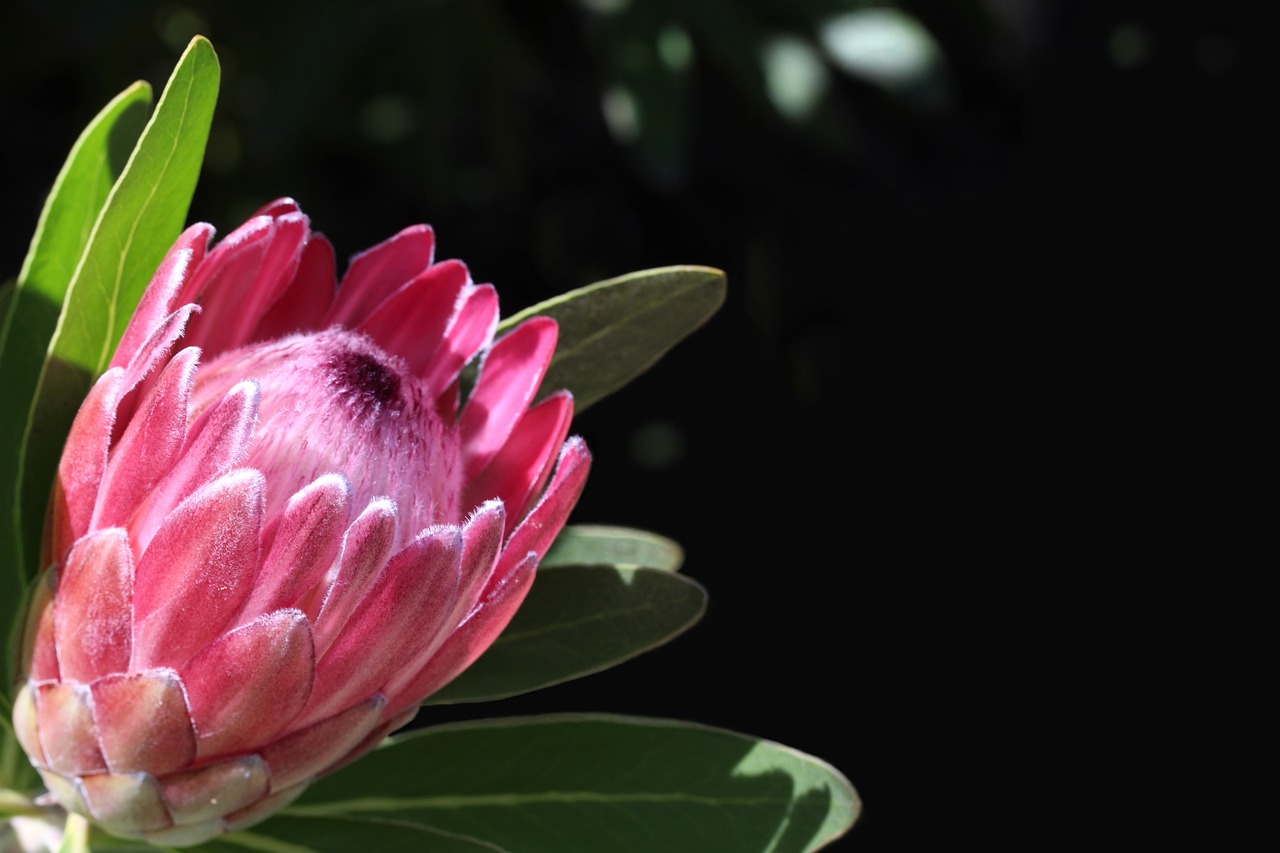“`html
Unveiling the Beauty of Protea: A Comprehensive Guide
Introduction to Protea
The Protea, an exotic and captivating flower, is native to South Africa and symbolizes diversity and courage. These flowers are part of the Proteaceae family and are known for their unique and striking appearance. The Protea genus is diverse, with over 1,500 species that vary greatly in size, color, and shape, making them a favorite among gardeners and floral enthusiasts.
Habitat and Characteristics of Protea
Proteas thrive in the wild, primarily found in the fynbos regions of South Africa. This biome is characterized by its Mediterranean climate, featuring wet winters and dry summers. The soil is typically nutrient-poor and sandy, which contributes to the Protea’s resilience and adaptability.
Unique Features of Protea
Proteas are renowned for their large flower heads, composed of numerous small tubular flowers surrounded by colorful bracts. These bracts can be pink, red, yellow, or white, providing a vibrant display. The leaves of the Protea are leathery and can vary from linear to broadly elliptical shapes, often with a grayish-green hue.
The Symbolism of Protea
In the language of flowers, Protea symbolizes transformation, diversity, and courage. This symbolism is rooted in its ability to thrive in challenging environments, adapting to various conditions while maintaining its beauty. This makes it an ideal gift for someone embarking on a new journey or overcoming obstacles.

How to Grow Protea
Growing Protea can be a rewarding experience, requiring some specific conditions to ensure healthy growth. Here is a guide to help you cultivate these stunning plants successfully.
Choosing the Right Location
Proteas require a sunny location with well-drained soil. If you’re planting in a garden, choose a spot that gets full sun for most of the day. In areas with heavy rainfall, consider planting on slopes or raised beds to prevent waterlogging.
Soil Requirements
Proteas prefer acidic, sandy soils with good drainage. Avoid using fertilizers high in phosphorus, as Proteas are sensitive to this nutrient. Instead, use compost or organic matter to improve soil quality.
Watering and Care
While Proteas are drought-resistant, they require regular watering during their first year to establish strong root systems. Once established, reduce watering to allow the soil to dry out between sessions. Mulching can help retain moisture and keep roots cool.

Pruning and Maintenance
Regular pruning helps maintain the plant’s shape and encourages new growth. Remove dead or diseased wood and trim spent flower heads to promote flowering. Be cautious not to over-prune, as this can stress the plant.
Additional Tips for Growing Protea
Proteas can be grown from seeds or cuttings, though seeds may take longer to germinate. For quicker results, consider using cuttings from healthy plants. Ensure your Proteas have good air circulation to prevent fungal diseases.
Exploring the Variety of Protea Species
The Protea genus includes a vast array of species, each with its unique charm. Some popular varieties include the King Protea (Protea cynaroides), known for its large and impressive flower heads, and the Pincushion Protea (Leucospermum), which offers a more delicate and intricate bloom.
Conclusion: Embrace the Protea in Your Garden
The Protea is more than just a flower; it’s a symbol of resilience and beauty. With the right care and conditions, you can enjoy these stunning blooms in your garden year after year. Whether you’re an experienced gardener or a novice, the Protea offers a unique challenge and a rewarding experience.
Further Reading and Resources
For more information on growing Protea and other South African flora, visit the South African National Biodiversity Institute. You can also explore our gardening tips section for more articles on plant care and cultivation.
“`
